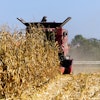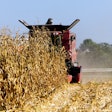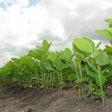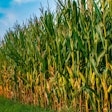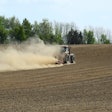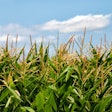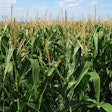
The U.S. Department of Agriculture's latest crop production report, released July 11, 2025, paints a mixed picture for the nation's agricultural sector. Winter wheat production is forecast to decline, while barley and almond crops show signs of improvement.
Winter wheat production is projected at 1.35 billion bushels, down 3 percent from the June forecast and slightly below 2024 levels. However, the average yield is expected to reach 54.2 bushels per acre, up 2.5 bushels from last year and potentially the second-highest yield on record. Illinois, Michigan, and Missouri are on track for record-high winter wheat yields.
Barley production is forecast at 148 million bushels, a 3 percent increase from 2024. The average yield is expected to be 77.1 bushels per acre, up 0.4 bushel from last year. Colorado, Idaho, and North Dakota are poised for record-high barley yields.
Oat production is projected to decrease by 8 percent to 62.2 million bushels. Despite this overall decline, record-high yields are anticipated in Illinois, Iowa, and Wisconsin.
In the citrus sector, the 2024-2025 U.S. grapefruit crop is forecast at 307,000 tons, down 6 percent from last season. However, California's grapefruit production is expected to increase by 10 percent.
The almond industry in California is showing strong growth, with production forecast at 3 billion pounds, up 10 percent from the previous year. If realized, this would be the second-largest almond crop on record for the state.
Weather conditions have played a significant role in crop development. Variable weather during almond bloom in February, including storms with rain, wind, and hail, initially hindered growth. However, conditions improved in March, and mild temperatures with timely rain in spring supported nut growth.
The USDA's crop progress report as of June 29 shows that 73 percent of the nation's corn crop and 66 percent of soybeans were rated in good to excellent condition. However, only 53 percent of the spring wheat crop received the same rating, down 19 percentage points from last year.
These forecasts are based on conditions as of July 1 and are subject to revision as the growing season progresses.

